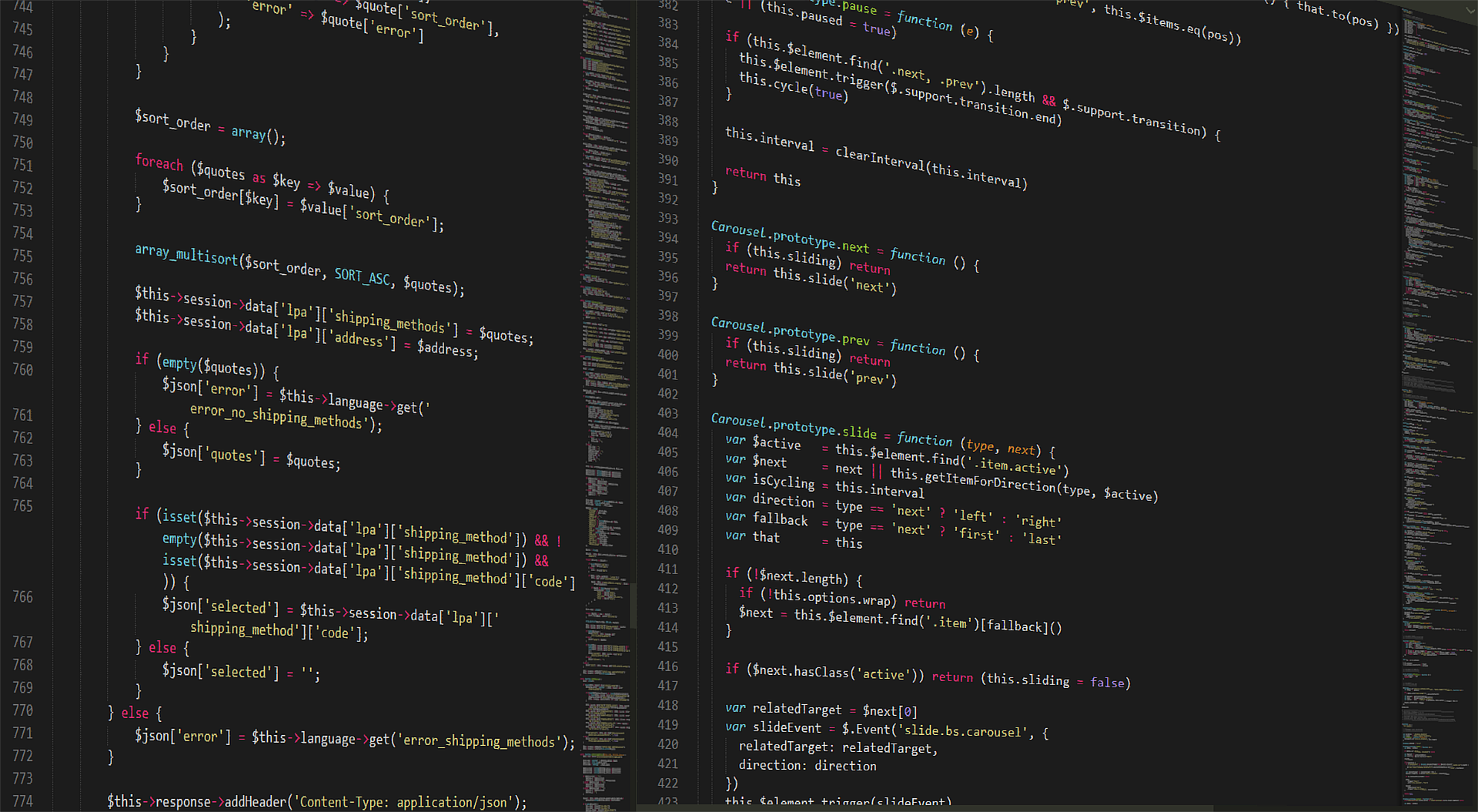
The rise of new technologies shows no sign of stopping with artificial intelligence (AI) and machine learning becoming more prevalent in the fund industry. Gary Brackenridge, Global Head of Asset Management, Linedata, says that this technology will offer new ways of freeing up talent to work on more important – and profitable - tasks.
In Clear Path Analysis’s report Fund Technology, Data & Operations, North America, industry leaders from companies including Pzena Asset Management, Russell Investments, and S&P Down Jones look at the best ways fund operators can get the best from new technology trends.
“If we consider operational roles, one of the things that many humans do not like, is repetitious tasks,” says Brackenridge. “Constantly amending things that should work properly is not a rewarding job. If we think about technology in the context of retaining and attracting people, it is providing that technical capability to employees for them to leverage their knowledge and skills.”
According to a 2019 study by the US CFA Institute, “relatively few investment professionals are currently using AI/big data techniques in their investment processes,” though this likely to have crept up in the intervening years. However, the survey results showed that “most portfolio managers continue to rely on Excel and desktop market data tools; only 10% of portfolio manager respondents have used AI or machine learning techniques in the past 12 months.”
“Less repetition and more knowledge based, as our industry is, we need people’s thoughts, creativity, and expertise to stand out and be successful.”
Brackenridge sees this as wasteful and says that, as companies with a technology focus, fund operators should be thinking about the job that the employee is attempting to get done and creating, developing, and deploying the technology that makes their job meaningful. “Less repetition and more knowledge based, as our industry is,” he says. “We need people’s thoughts, creativity, and expertise to stand out and be successful.”
Whilst this may sound obvious, he adds, “historically in our industry we have struggled to bring intelligent operations to the traditionally defined middle and back office of the marketplace.”
With the slow trickle of technology likely to increase post-pandemic – as more companies had to adapt to technology while working from home and trying to instil more meaning to jobs to combat the great resignation – the role will Artificial Intelligence, Machine Learning and other emerging technologies play in back-office operations are yet to be written. This is especially the case as technology investment here lags compared to the front office.
“These technologies are promising [to remove] the potential for human error as much as possible. This is a joint venture with qualified staff and not a replacing game to get rid of people"
“This may be the answer to the conundrum that we face as an industry. We have worked for years to try and automate as much of our back-office processes as we can, but we have reached the natural limit in most organisations,” says Brackenridge. Emerging technologies, particularly the usage of machine learning and AI, provides the tool that has been missing to elevate and further automate the rest of the repetitious jobs in our back-offices, he adds.
“These technologies are promising [to remove] the potential for human error as much as possible. This is a joint venture with qualified staff and not a replacing game to get rid of people,” he says.
Like many industries, some are worried this could lead to redundancies, but Brackenridge says this is unlikely. “This is about using the next generation of technology, in this case, AI and machine learning, to create a better experience, ultimately for the firm as well as the employees and the clients.
It helps to bring a level of intelligence to the system which allows humans to be free to use their brains and skills on more value-added tasks.”
To read the report in full, please click here.
Please Sign In or Register to leave a Comment.
SUBSCRIBE
Get the recent popular stories straight into your inbox




